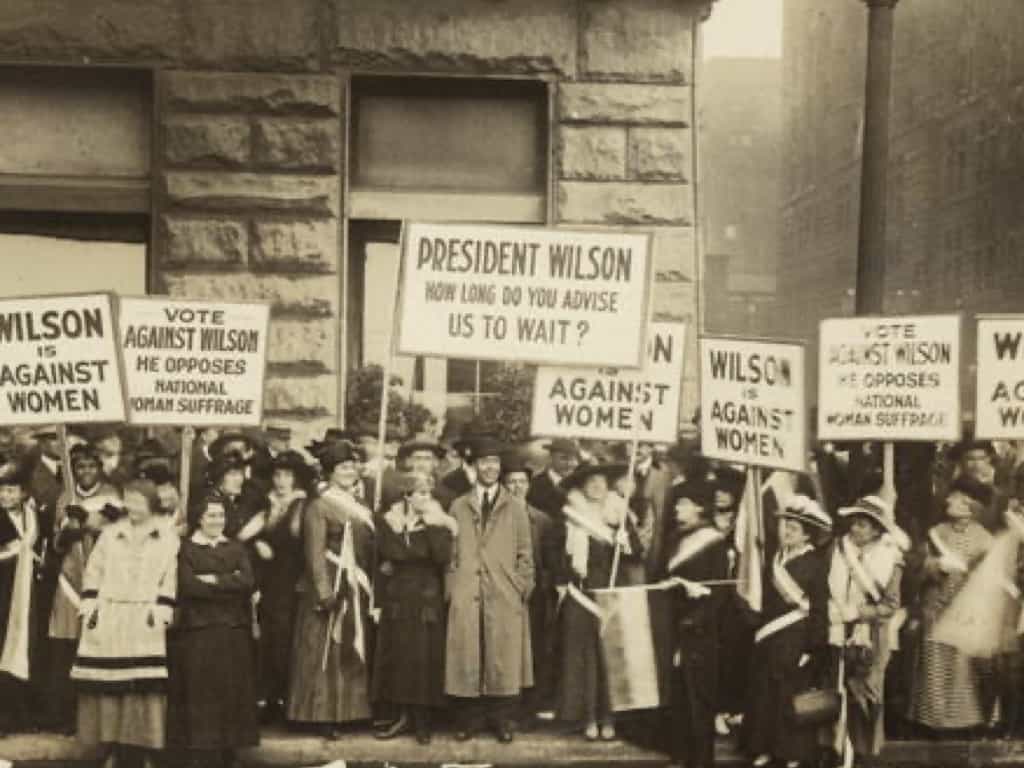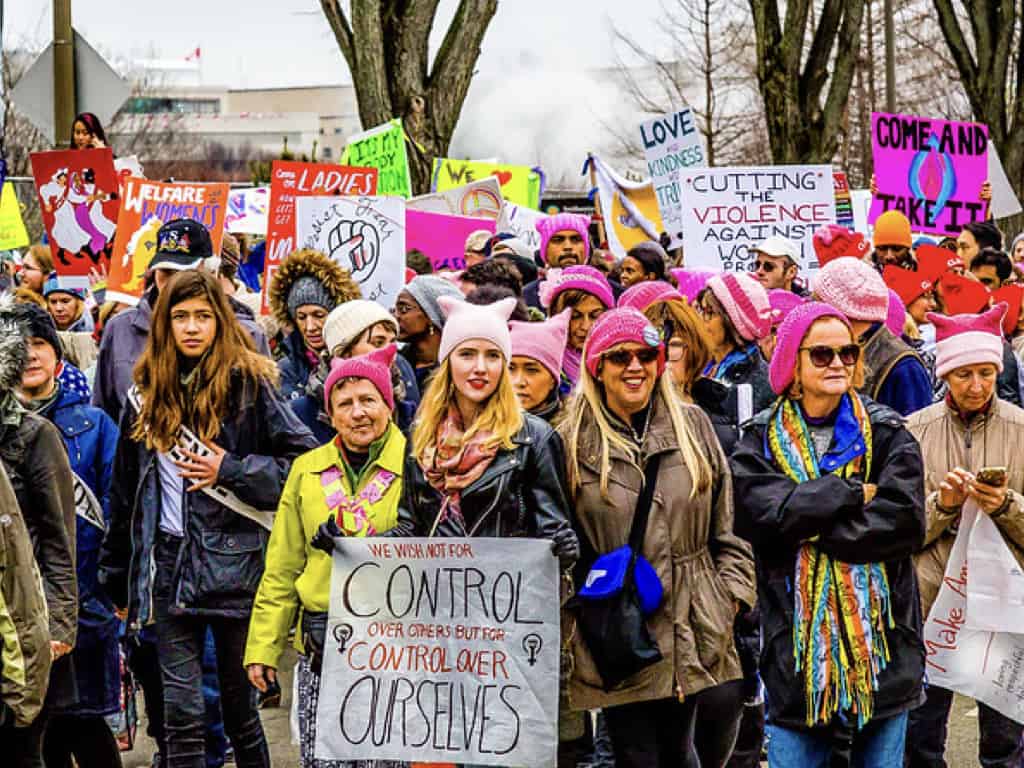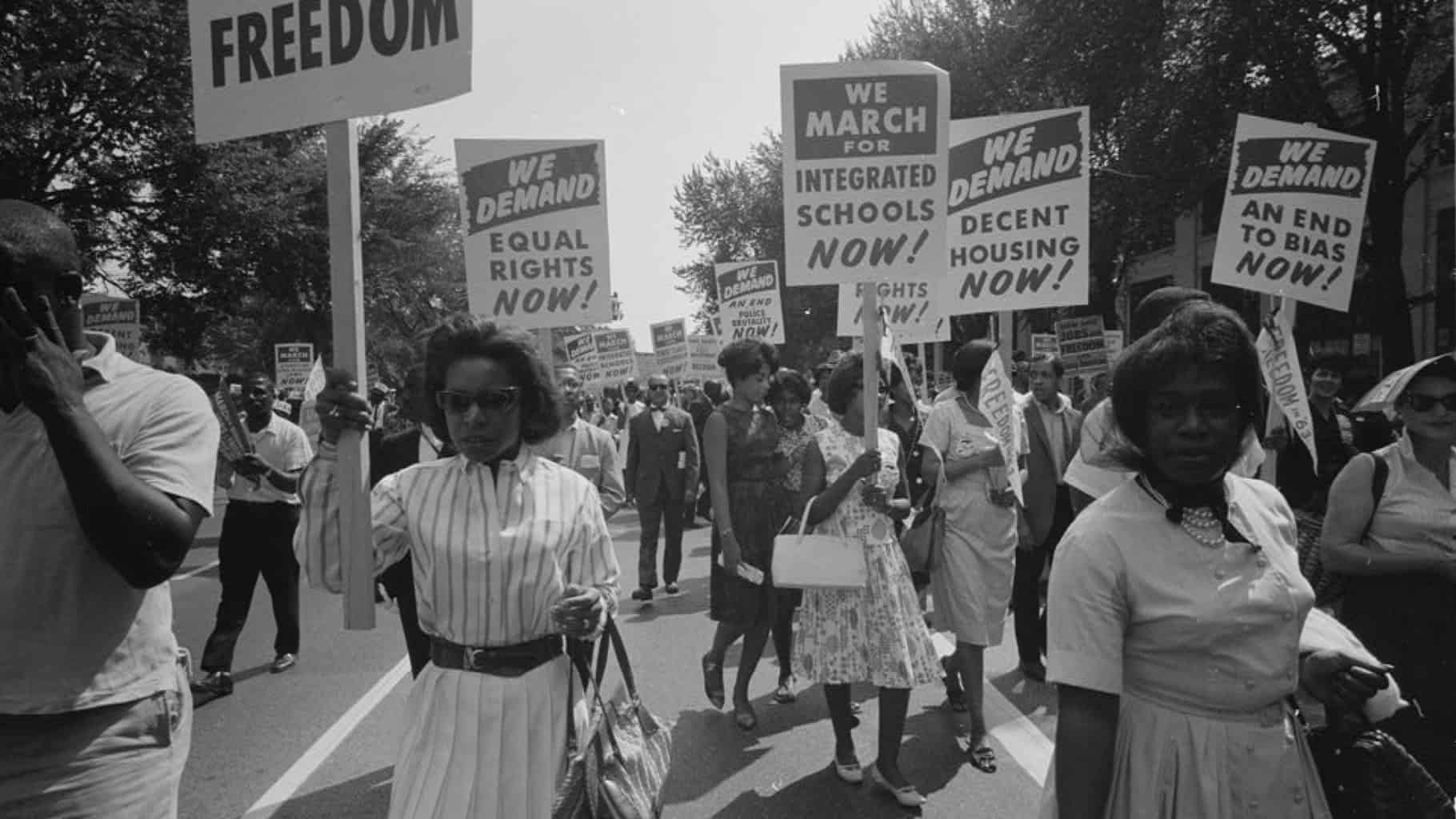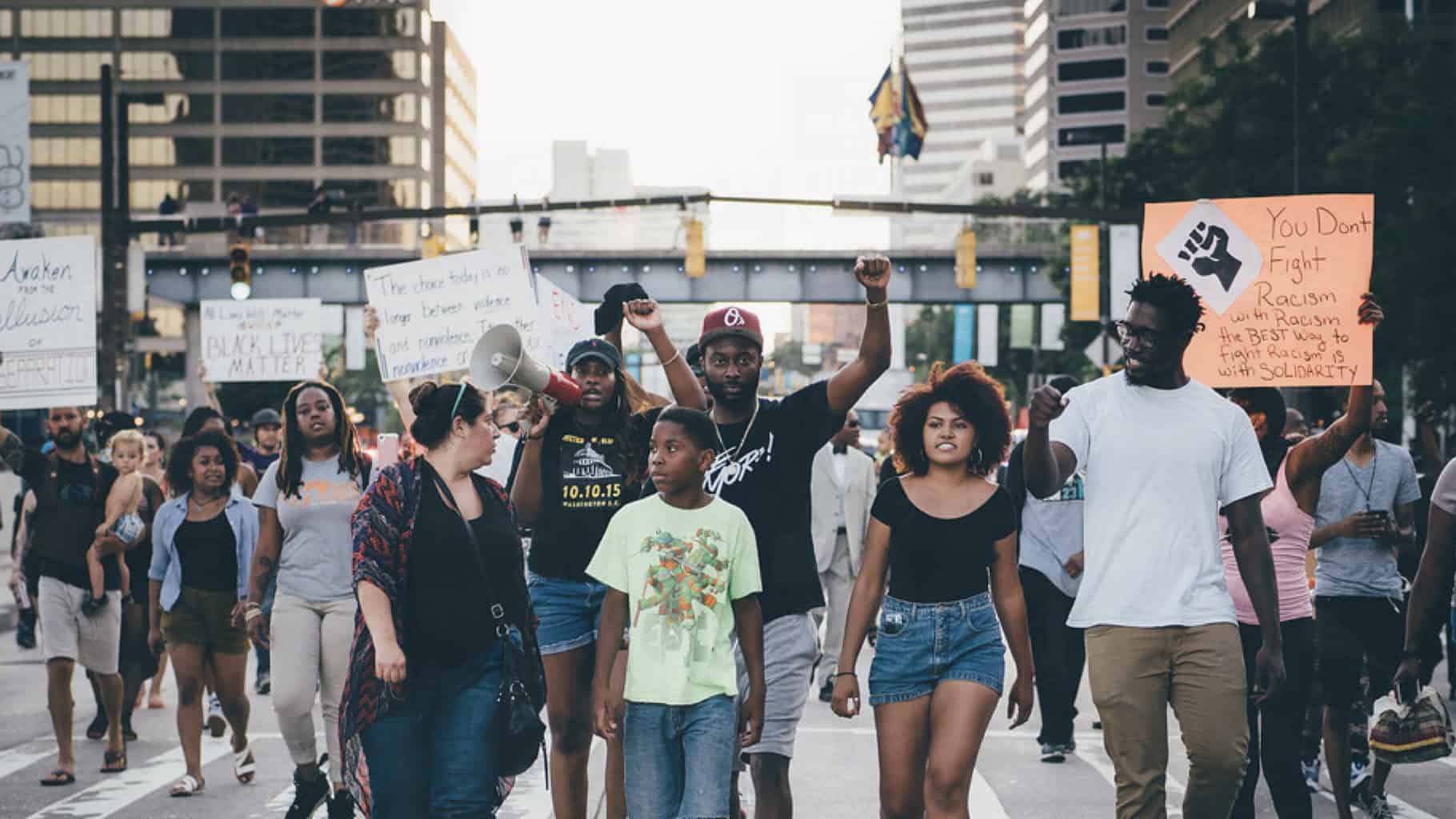There’s a theory I learned from my high school teacher (thanks to Mr. Nickel!), it’s called the pendulum theory. The pendulum theory in the social science world looks at how history repeats itself with similar events or with similar groups of people. Movements in America tend to start a whole wave in which history moves back and forth between high levels of participation to low levels of participation. The pendulum swings back and forth between being active and dying down, waiting for the momentum of a new cause to swing back to. From the Great Awakening to the Second Great Awakening in America and the Civil Rights Movement to Black Lives Matter.
New movements stand on the shoulders of giants and are the source of inspiration for those who are leaning on the second swing of movement. Often I think about the Women’s Suffrage Movement to the Women’s March that began once President Trump took office. The women in the Women’s March stand on the shoulder of giants who come from the Women’s Suffrage swing.
Below you can view two sets of photo blends of two different protests: the Women’s Suffrage protest and the Women’s March and the Civil Rights March in 1963 and the Black Lives Matter march in 2020. Both groups are protesting against a president who ignored their needs. There are a lot of similarities and differences. However, recognizing where current movements come from can swing the pendulum to where it needs to go.
Here you see a photo of suffragists protesting against President Wilson in Chicago in 1916. During this time, women were seeking the right to vote and were protesting the president for his lack of support for the movement. While many of the women who were a part of this were white, there were women of color who contributed to the movement. Unfortunately, they would not be granted the right to vote until decades later. As for the Women’s March in Washington, it rose after President Trump’s Inauguration. The movement was sparked by individuals who were upset about statements made by the president. The march is intended to promote awareness regarding: women’s rights, reform on immigration and healthcare, reproductive rights, LGBTQ rights, racial equality, and many more.


(Left) Suffragists demonstrating against Woodrow Wilson in Chicago, 1916. Source.
The Civil Right March of 1963 was done so to protest for equal rights, integrated schools, housing, voting rights, and an end to racial bias. The movement led to legislation that granted much of what the movement wanted. Though much racial inequality has not ended, the movement gained the attention it needed to produce legislation from this march on Washington. (Much to look into! I would encourage you to look into the speakers at the march, the leaders that organized it, its result, and why it is so significant today) As for Black Lives Matter, the movement shows that the United States is a long way from being racially equal. The movement started after the fatal shooting of Trayvon Martin. It has since become at the forefront in the work against police brutality and racially motivated violence. Protestors have taken to the streets night after night across the United States since Spring/ Summer of 2020.


(Left) “Black Lives Matter” by seikoesquepayne is licensed under CC BY 2.0. Source.
Questions:
- Why do these photos represent the pendulum of history? How does it not?
- How has the Suffrage Movement and the Civil Rights Movement changed how women and people of color see themselves over time?
- What symbols are seen in the before and after and is there meaning behind it?
- What causes the shift within movements to be stagnant and active?
- Can you think of another movement in history that seems to “repeat itself”?
- Reflect. Will there ever be a time where history will not swing back and forth on the pendulum?


You’ve chosen two very interesting movements to cover, seeing as how they overlap in a number of ways. One of the interesting things about both the Women’s Suffrage Movement and the Women’s March is the criticism they’ve both received over their clear lack of intersectionality. Both movements were profoundly, staggeringly, white. It’s also interesting to me to see what we can tell about identity through these movements. Are black women not included in these movements by their choice, or by the choice of the other women? What factors go into creating “buy-in” by different subgroups into a larger social movement? Super great topic Angela!
Hey Tyler!
Thanks for your comment! I definitely thought about the lack of intersectionality when creating this post. I’ve added a little bit more context for those a part of the movements. There’s a lot to unpack in both sets and my questions are just the start to it. I’m glad you were able to dive deeper into the topic!
I’m currently reading “Stamped from the Beginning: The Definitive History of Racist Ideas in America” by Ibram X. Kendi. Outstanding book that won the National Book Award for Nonfiction. It is very illuminating to read all the sub-currents of unity and division between suffrage and civil rights movements. I highly recommend. And Kendi has also written “Stamped: Racism, Antiracism, and You” which is a re-working for a younger audience.
I enjoy looking at the details that compare and contrast these two blends. A big thing that strike me is that the older image in both pairs speaks to propriety – more formal dress and professionally printed signs.
This is the first time I offered these as an assignment. I had envisioned blends where some visual elements were the same – like a background building. Your fine work here tells me that broader themes make for an equally compelling constant that yields a different type of contrast.
I really how you described the pendulum theory! The events that are happening on right now is an example. Many citizens are fighting for change and freedom. This is still going on today at it started decades ago. The power is in the voice. We can make the change depending how bad people really want it.
Incredible post Angela!
Wow, I found this post so fascinating! The pendulum of history is a concept I have been familiar with although it had never been given a name like this, and I think the name suits this phenomenon very well. Both of these comparisons are very timely, it is often surprising how many similarities we can draw between our current issues and past historical events. Even the COVID-19 pandemic has been compared to the 1918 Spanish Flu. I think oftentimes when people are studying history, they look to see how much has changed since then but I often find I am most surprised to see how little has changed and how much we have in common with past generations.